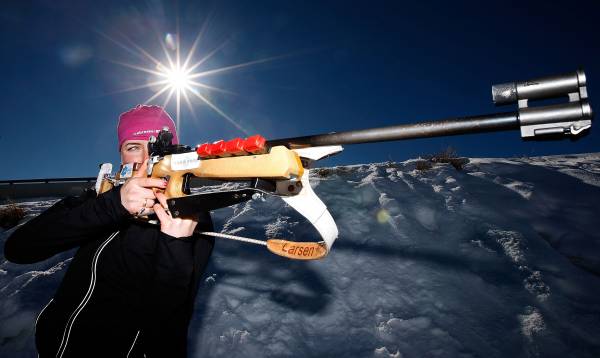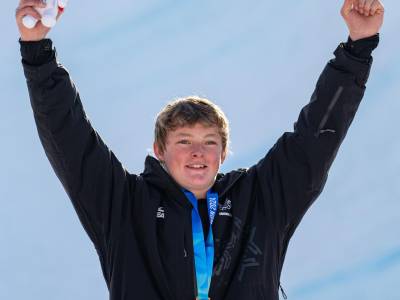The word "biathlon" stems from the Greek word for two contests, and is today seen as the joining of two sports: skiing and shooting.
Biathlon has its roots in survival skills practised in the snow-covered forests of Scandinavia, where people hunted on skis with rifles slung over their shoulders.
Biathlon made its debut at the 1960 Winter Olympics in Squaw Valley, California, and has been part of the Olympic programme ever since, with new events added to the competition over the years.
Women’s biathlon made its first appearance on the Olympic programme in Albertville in 1992.
Until the 1976 Games in Innsbruck, the events comprised an individual race and a relay. In Lake Placid in 1980, a second individual event was introduced.
In Salt Lake City in 2002, a 12.5km pursuit event was added for men and 10km for women. From Turin in 2006, a new mass-start event was introduced for both men and women. This brings together the 30 best athletes from the World Cup.
OLYMPIC COMPETITION
The Biathlon competition will feature 11 events for both Men & Women:
Each biathlon event is treated as a race, with athletes skiing through a trail whose distance is divided into shooting rounds. Depending on the event, missed shots result in additional time or distance being added to the athlete's total.
- Men's 10km Sprint ·
- Men's 20km Individual ·
- Men's 12.5km Pursuit ·
- Men's 15km Mass Start ·
- Men's 4×7.5km Relay
- Women's 7.5km Sprint ·
- Women's 15km Individual ·
- Women's 10km Pursuit ·
- Women's 12.5km Mass Start ·
- Women's 4×6km Relay
- Mixed Relay 4 x 6 km

Tweet Share
Biathlon Games History
-
Olympic Winter Youth Games Gangwon 2024
-
Olympic Winter Games Beijing 2022
-
Olympic Winter Youth Games Lausanne 2020
-
Olympic Winter Games PyeongChang 2018
-
Olympic Winter Youth Games Lillehammer 2016
-
Olympic Winter Games Sochi 2014
-
Olympic Winter Youth Games Innsbruck 2012
-
Olympic Winter Games Vancouver 2010
-
Olympic Winter Games Innsbruck 1964








